Snape Castle
OS grid reference:- SE 268 842
Snape Castle, situated at the North Yorkshire village of Snape is approached through an imposing avenue of lime trees, dates back to around 1430, when Ralph de Neville, 1st Earl of Westmorland granted Snape to his younger son, George Neville, 1st Baron Latimer.
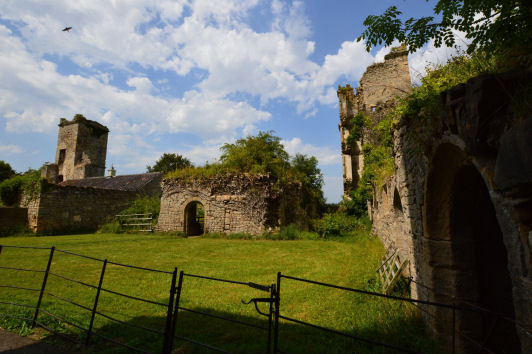
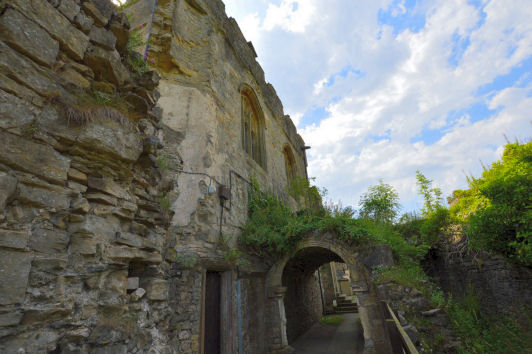
Lord Latimer demolished the medieval manor which previously occupied the site and replaced it with a castellated house. Most of the castle is sadly now in ruins, but the South Wing forms two private residences. Beneath the castle there are no foundations, only huge oaken piles 12 feet long and 8 feet in diameter which are about 700 years old, which were necessary as the building stands on boggy ground.
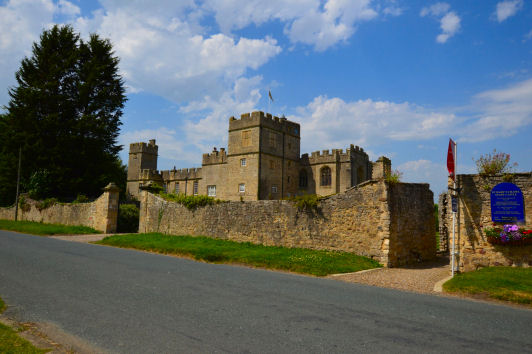
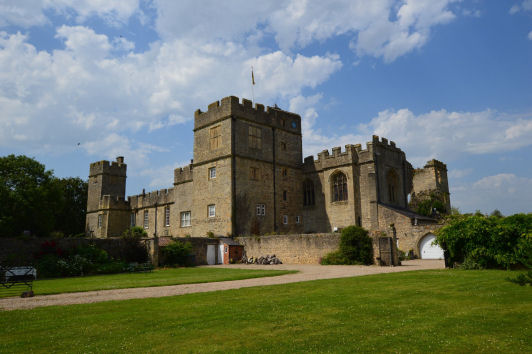
Snape Castle Chapel was built by George Neville in the fiftenth Century to serve as a domestic chapel for his household. The chapel is situated on an upper floor of a building on the south side. It is approached via some steps from ground level which ascend to an outer door. A small vestry is at the top of the stair, and links to a passage from the castle, which is now blocked.
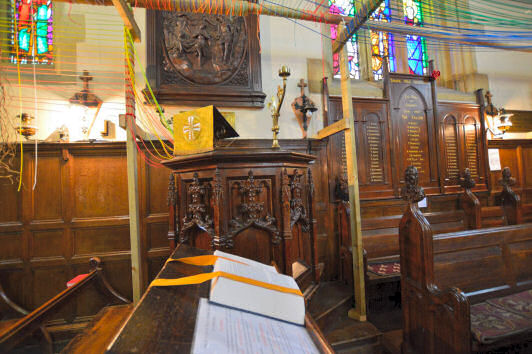
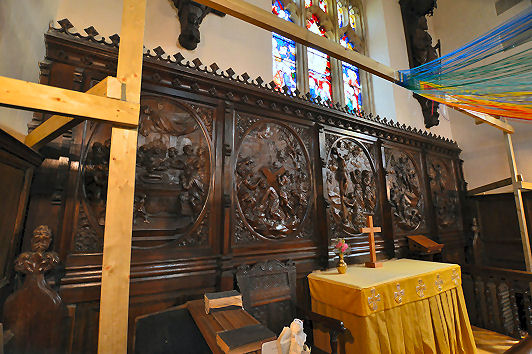
The painted ceiling in the vestry is the work of the Italian artist Antonio Verrio. Sometime before 1707 the fifteenth century chapel roof was replaced by a plaster ceiling. Verrio was employed to paint a fresco on the new plasterwork. The ceiling is very worn and has suffered badly over the years when the chapel served as a grain store. The chapel is still used for Sunday Services and is the only part of the building open to the public.
George's son and heir, Richard Neville, the second Lord Latimer, was still only a minor when he inherited and the castle was held for a short while by King Richard III.
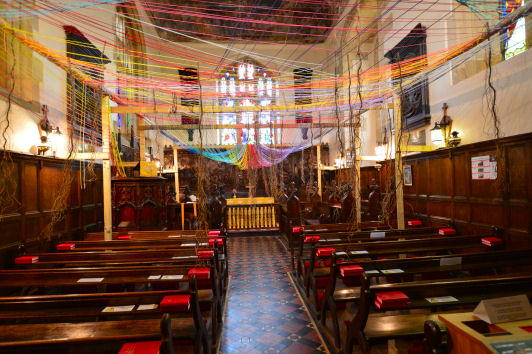
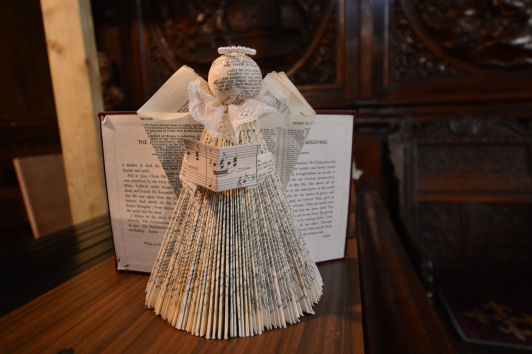
John Neville, the third Lord Latimer was the second husband of Catherine Parr, later the sixth wife of King Henry VIII. The daughter of the fourth Lord Latimer married Sir Thomas Cecil, 1st Earl of Exeter and the castle thereby passed into the hands of the Cecil family. Sir Thomas largely rebuilt the castle in the sixteenth century, adding the four towers, and transforming the building into an Elizabethan dwelling house. As the Cecils concentrated on their Burghley Park mansion Snape was left to deteriorate before being purchased by William Milbank in 1798.
It was later divided into two domestic premises before being reunited as one home in 2003.
Images courtesy of Paul JohnsonHistoric Buildings in Yorkshire
